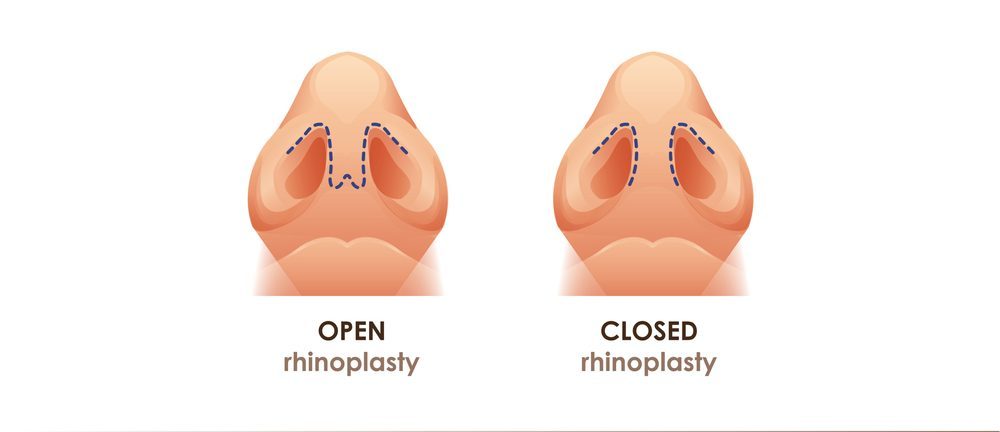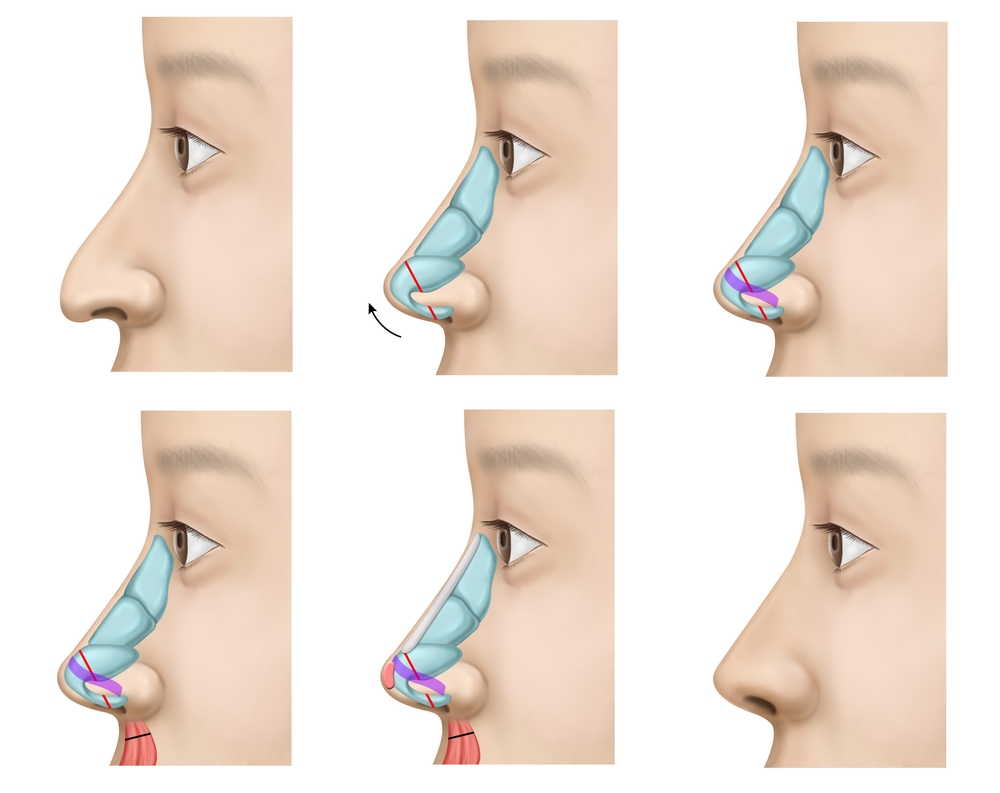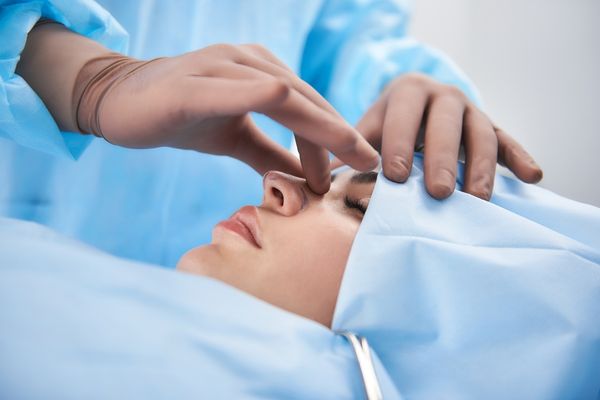
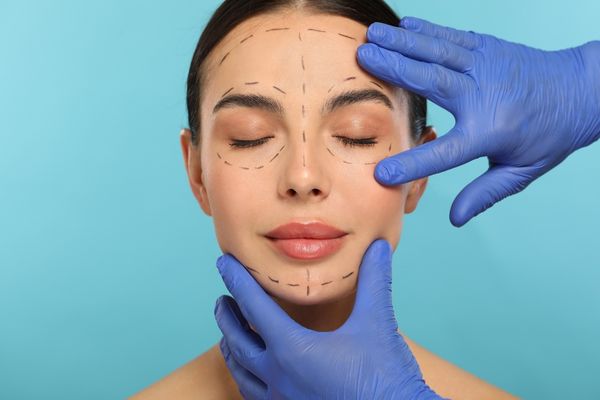
Rhinoplasty, commonly referred to as a “nose job,” is a surgical procedure that reshapes or resizes the nose for aesthetic or functional improvements. This surgery can address a range of concerns, from reducing a nasal hump or refining the tip to correcting breathing issues caused by structural problems. Turkey has become a popular destination for rhinoplasty due to its high medical standards, skilled surgeons, and competitive pricing, making it an attractive choice for those seeking quality results at a lower cost.
Table of Contents
ToggleWho is a Good Candidate for Rhinoplasty in Turkey?
Ideal candidates for rhinoplasty in Turkey include individuals who:
- Are in good physical and mental health, as rhinoplasty is an elective procedure that requires a stable health condition.
- Wish to improve the appearance of their nose due to concerns such as asymmetry, a large hump, or a wide nasal bridge.
- Experience functional issues, such as breathing difficulties, that can be corrected by restructuring the nasal passages.
- Have realistic expectations about the outcomes and understand the recovery process.
Rhinoplasty can be performed for cosmetic reasons or functional corrections, and patients can choose to combine these goals. A consultation with an experienced surgeon in Vitale Hospital helps determine the best approach based on each patient’s unique anatomy and goals.
Techniques Used in Rhinoplasty in Turkey
Overview: Closed rhinoplasty involves making incisions inside the nostrils, leaving no visible external scars. The surgeon reshapes the bone and cartilage through these internal incisions, making it a preferred method for patients requiring moderate adjustments.
Ideal For: Patients needing minor to moderate adjustments, particularly those focused on reshaping the bridge or tip without major structural changes.
Benefits: Minimal scarring, shorter recovery time, and reduced swelling compared to open rhinoplasty.
Overview: Open rhinoplasty involves a small incision across the columella (the tissue between the nostrils), providing the surgeon with greater visibility and access to the nasal structure. This technique is especially useful for complex reshaping or structural adjustments.
Ideal For: Patients with significant structural changes, asymmetry, or complex nasal issues that require greater precision.
Benefits: Enhanced visibility for the surgeon, making it suitable for more extensive reshaping or reconstructive cases, although it may result in slightly longer recovery.
Overview: Ultrasonic rhinoplasty uses high-frequency ultrasonic waves to precisely reshape the nasal bones without breaking them, resulting in a smoother contour. This technique is minimally invasive and can reduce trauma to surrounding tissues.
Ideal For: Patients seeking bone refinement, such as narrowing the bridge or reducing a hump, with minimal tissue disruption.
Benefits: Reduced bruising, swelling, and faster recovery due to less trauma to the soft tissue and bone.
Overview: Preservation rhinoplasty aims to maintain the natural structure of the nose as much as possible, preserving essential cartilage and bone elements. This technique focuses on reshaping from within, leading to a more natural look and feel.
Ideal For: Patients seeking subtle refinements with a focus on preserving natural nasal structure and appearance.
Benefits: Natural results, minimized swelling, and quicker healing with less risk of visible scarring or harsh lines.
Overview: Piezo rhinoplasty uses a piezoelectric device to sculpt the bones with precision, allowing reshaping without traditional bone fractures. This technique minimizes trauma to the soft tissue and reduces the likelihood of bruising.
Ideal For: Patients looking to refine the nasal bridge or shape without extensive tissue disruption.
Benefits: Greater precision, reduced bruising, and a smoother recovery, making it an excellent option for patients desiring specific bone adjustments.
Overview: Revision rhinoplasty is performed on patients who have undergone previous nasal surgeries and need further correction. This procedure can involve scar tissue removal, cartilage grafting, or structural corrections to achieve the desired results.
Ideal For: Patients who are dissatisfied with prior rhinoplasty results or have functional issues post-surgery.
Benefits: Provides refinement and corrections, improving both aesthetics and function, but may require a longer healing period.
Types of Rhinoplasty Procedures: Open vs. Closed Rhinoplasty
Open Rhinoplasty in Antalya, Turkey
- Open rhinoplasty involves a small incision across the columella, the tissue between the nostrils, allowing the surgeon to lift the nasal skin and have direct access to the underlying structure. This approach provides better visibility and control, making it suitable for more complex reshaping, structural adjustments, or major corrections.
- Patients requiring significant changes, such as major reshaping, correction of asymmetry, or revisions after a previous surgery.
- Enhanced precision and control for the surgeon, especially for complex cases, allowing for detailed adjustments in nasal structure.
- This approach may result in a slightly longer recovery time and leaves a small, typically well-hidden scar on the columella.
Closed Rhinoplasty in Antalya, Turkey
- Closed rhinoplasty, also known as endonasal rhinoplasty, involves incisions made entirely within the nostrils, leaving no visible external scars. This approach is less invasive and is often chosen for patients needing minor to moderate adjustments, as the surgeon can still reshape bone and cartilage without fully exposing the nasal structure.
- Patients who need subtle or moderate reshaping, such as refining the nasal tip or reducing a minor hump, and prefer a quicker recovery.
- No external scarring, shorter recovery time, and reduced swelling and bruising compared to open rhinoplasty.
- The surgeon’s access to the nasal structure is limited, so this technique may not be suitable for complex cases or significant structural corrections.
Choosing Between Open and Closed Rhinoplasty
The choice between open and closed rhinoplasty depends on the specific goals, anatomy, and complexity of the patient’s case. Consulting with a skilled rhinoplasty surgeon is essential to determine the best approach, as each technique offers unique advantages based on the desired outcome.
Why is Choosing a Rhinoplasty Doctor Important?
Selecting the right rhinoplasty doctor is crucial for achieving optimal results and ensuring patient safety. An experienced surgeon possesses the expertise to tailor the procedure to your unique facial anatomy, enhancing both aesthetic appeal and functional performance. In Turkey, facilities like Vitale Hospital are renowned for their skilled professionals and state-of-the-art technology, offering personalized care to meet individual patient needs. By choosing a reputable institution such as Vitale Hospital, you can expect high standards of medical care and a commitment to patient satisfaction.
How Long Does a Rhinoplasty Surgery Take?
A rhinoplasty surgery typically takes between 1.5 to 3 hours, depending on the complexity of the procedure and the specific techniques used. More extensive or revision rhinoplasties may take longer, especially if significant reshaping, structural adjustments, or grafting is required.
How is Rhinoplasty in Turkey Performed?
Rhinoplasty in Turkey involves precise surgical steps designed to ensure patient safety and achieve natural-looking results. Here is a breakdown of the procedure:
Pre- and Post-Operative Care for Rhinoplasty in Turkey
Before Surgery:
- Refrain from using blood-thinning medications and supplements, as these can increase bleeding risks during surgery.
- Cease smoking at least 4-6 weeks before the procedure, as smoking can interfere with healing and increase the risk of complications.
- Arrange for a comfortable area to rest at home and ensure you have someone to assist you, especially in the first few days after surgery.
After Surgery:
- Take all prescribed medications as directed and follow wound care instructions carefully to avoid infection.
- Use the nasal splint provided by your surgeon to support the nose’s new shape and reduce swelling during the initial recovery phase.
- Avoid strenuous activities, heavy lifting, and bending over for at least a few weeks to prevent pressure on the nose and reduce the risk of bleeding.
Op. Dr. Kadir SEZGİN
ENT, Head and Neck Surgery Specialist
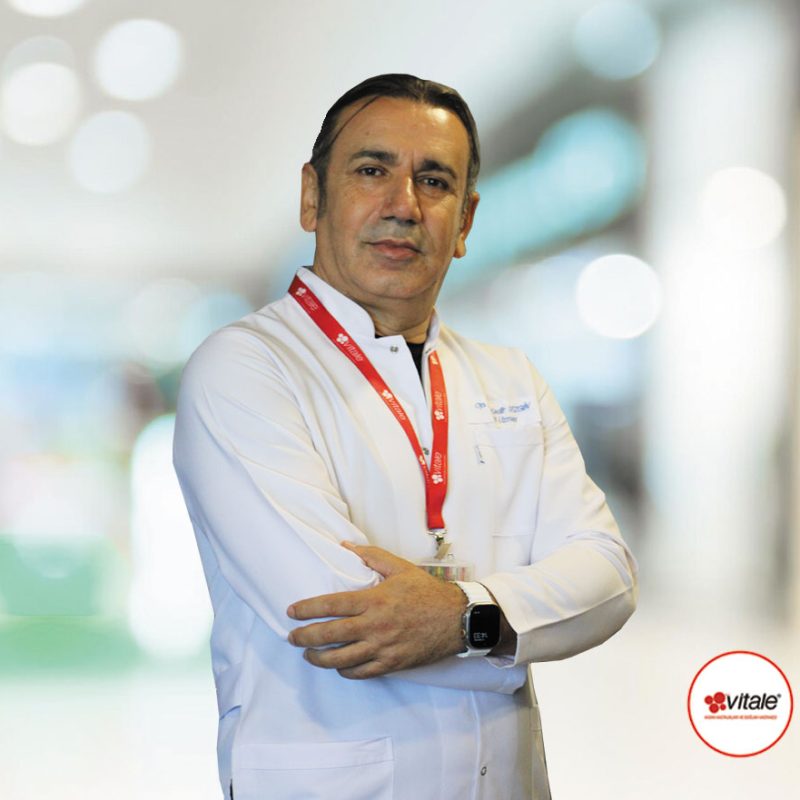
Cost of Rhinoplasty in Turkey 2025: Affordable and All-Inclusive Packages
The cost of rhinoplasty in Turkey is significantly lower than in many Western countries, making it a popular destination for international patients. Vitale Hospital offer all-inclusive rhinoplasty packages, which include:
- Surgeon and anesthesia fees
- Pre-operative tests and post-operative follow-up appointments
- Accommodation and airport transfers for international patients
The cost of rhinoplasty at Vitale Hospital can vary depending on the surgeon’s experience and the complexity of the surgery. With Turkey’s high-quality care and affordable prices, patients can expect excellent value and results tailored to their needs.
FAQ
Rhinoplasty cost in Turkey; depending on the surgeon and the complexity of the procedure, Vitale Hospital offers all-inclusive packages that cover rhinoplasty surgery, accommodation and transfers, making it a cost-effective option for international patients.
The best age for rhinoplasty is usually after nasal growth is complete, typically around 16-18 years for females and 18-21 years for males. This ensures that the nose structure is fully developed, providing more stable and lasting results.
Yes, rhinoplasty in Turkey is generally safe, especially at reputable clinics with experienced surgeons who follow international medical standards. Turkey is known for high-quality healthcare and well-regulated facilities, making it a popular destination for medical tourism.
Rhinoplasty is affordable in Turkey due to the lower cost of living and favorable exchange rates, allowing clinics to offer competitive pricing. Additionally, Turkey has a high volume of skilled surgeons and a thriving medical tourism industry, which helps keep costs lower.
The success rate for rhinoplasty in Turkey is high, with most patients achieving their desired outcomes thanks to skilled surgeons and advanced techniques. Reputable clinics report satisfaction rates above 90%, highlighting the quality of care available.
The minimum age for rhinoplasty in Turkey is typically 16-18 years for females and 18-21 years for males, as this is when nasal growth is usually complete. Surgeons assess maturity and physical development before approving surgery for younger patients.

